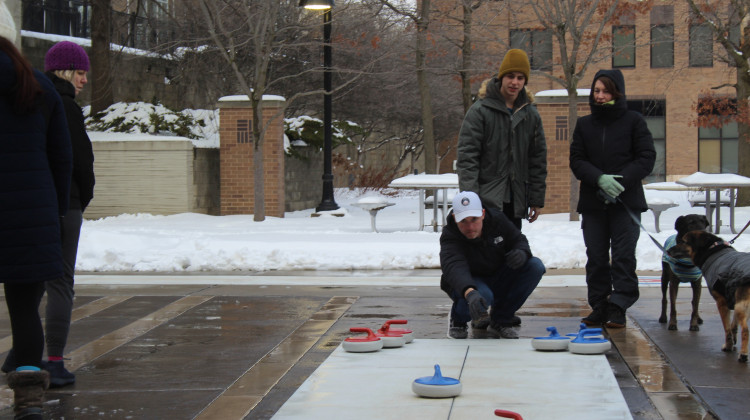A rare mummified dinosaur is coming to The Children’s Museum of Indianapolis. The remarkable duckbill dinosaur is the most well preserved specimen, and is even listed in the Guinness World Book of Records.
Making his public debut on Wednesday, Leonardo was unearthed in Montana in 2001 having spent 77 million years buried in the sand. Ninety percent of the dinosaur’s body is still covered in fossilized soft tissue but more importantly the animal confirms what many paleontologists believed all along that the dinosaur used its bill and teeth to grind and chew vegatation.
Dr. Robert Bakker, with the Houston Museum of Natural Sciences, says the question has been debated among collegues for over 100 years.
"How do we test the center of dinosaur theory that duckbill's could attack plant fiber," Bakker pondered.
Since Leonardo’s internal organs have been preserved, along with the contents of his last vegetarian meal, that question is answered.
Scientists believe he was about four years old, 23 feet long and two tons when he died. Leonardo will live at the Children’s Museum where he will enliven young minds.
"Dinosaurs are the jumper cables for the child's mind," Bakker said.
Only Leonardo's tail will be on display for now, until the full exhibit is complete and open to the public in March, 2014.
 DONATE
DONATE









 Support WFYI. We can't do it without you.
Support WFYI. We can't do it without you.